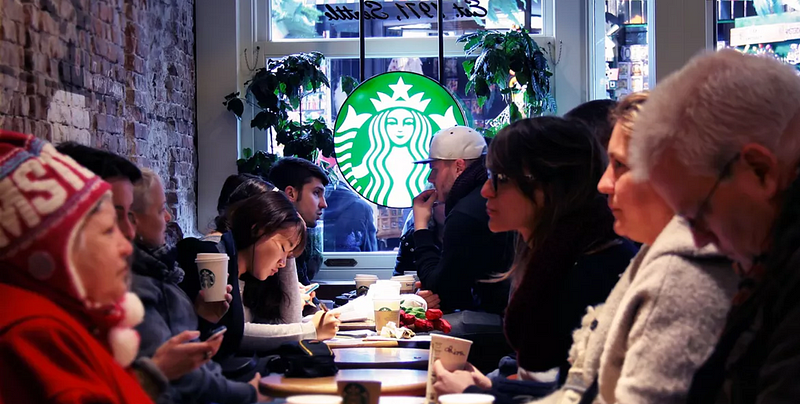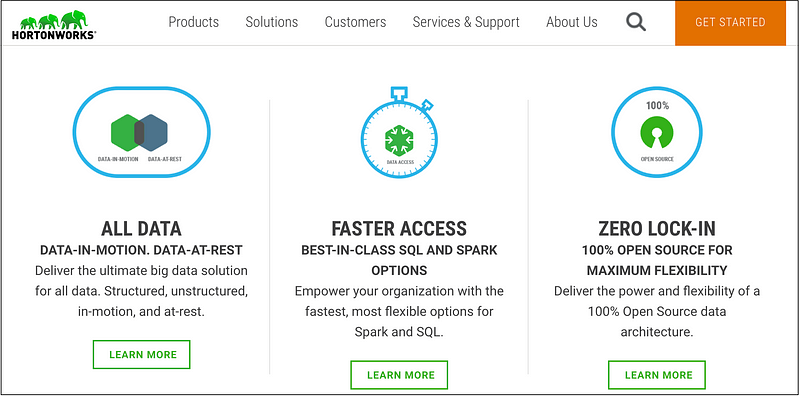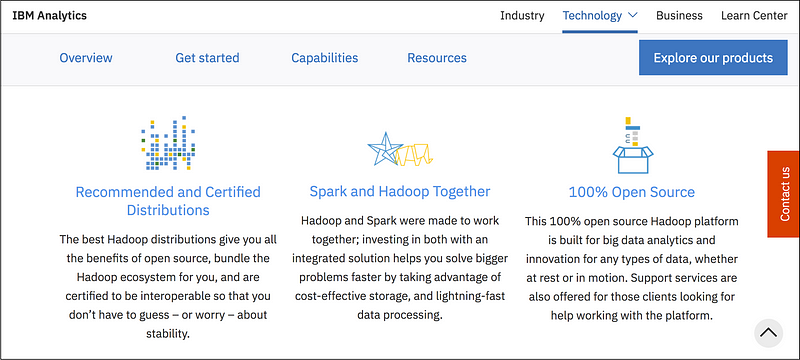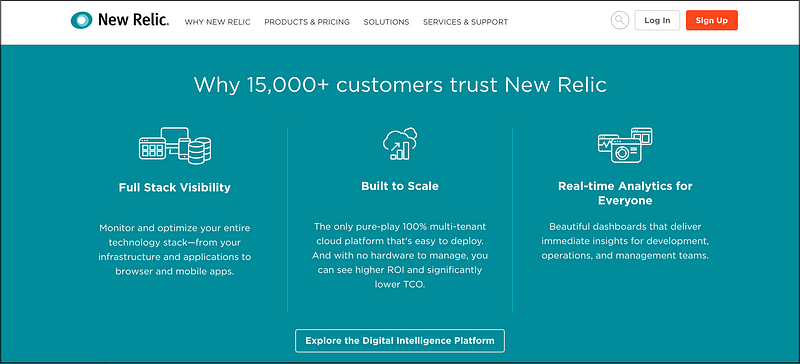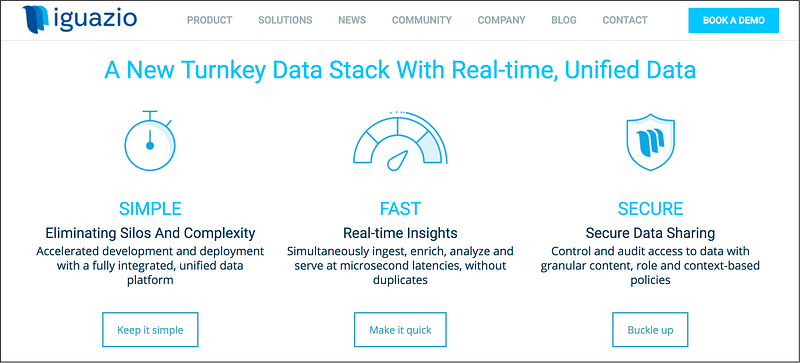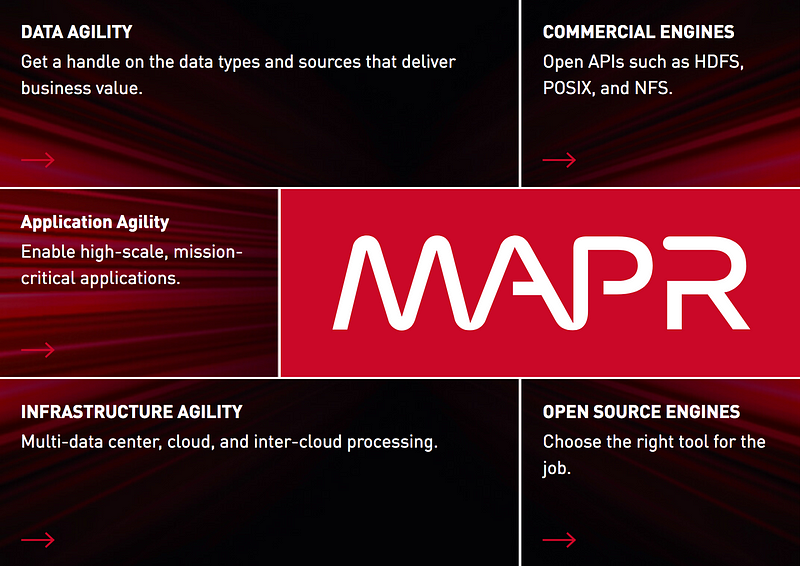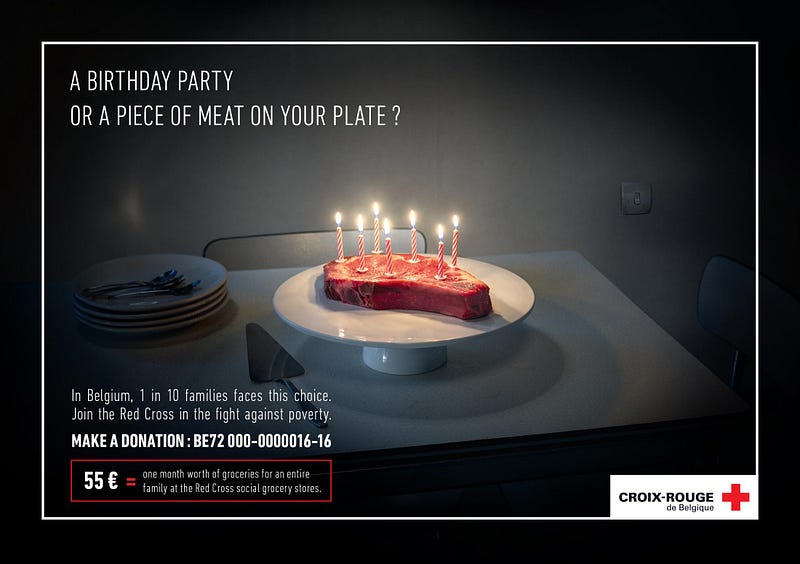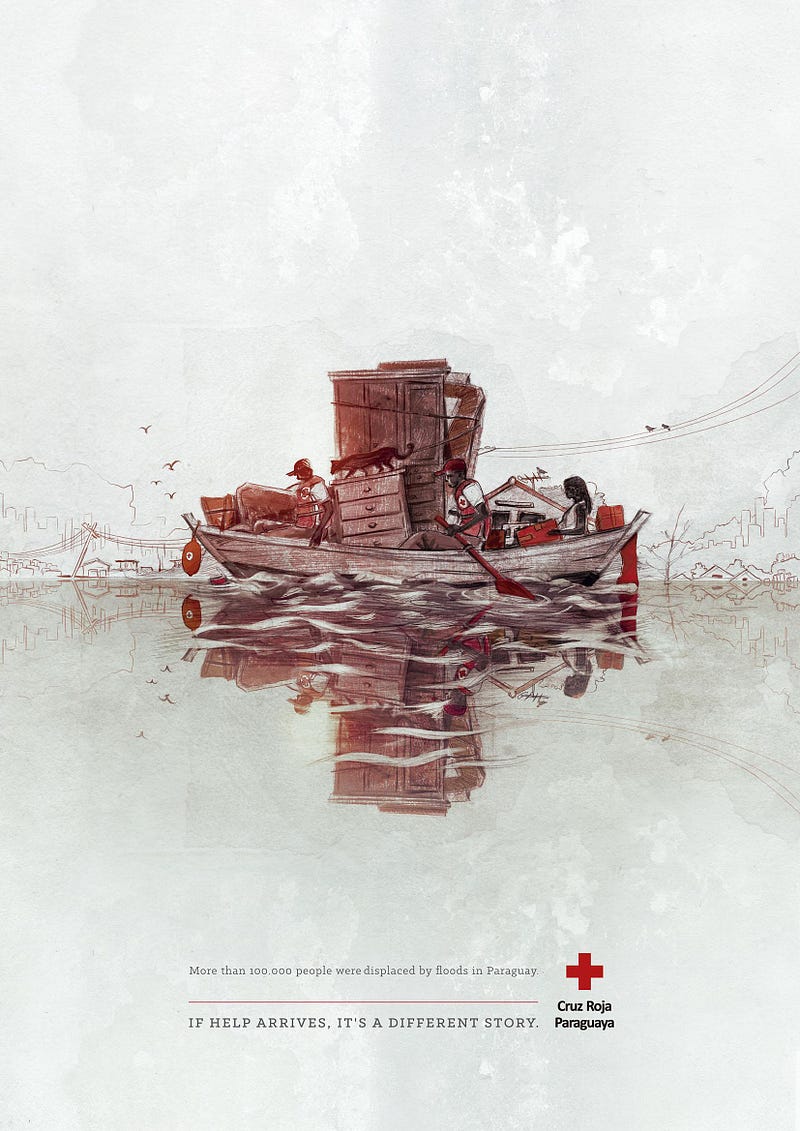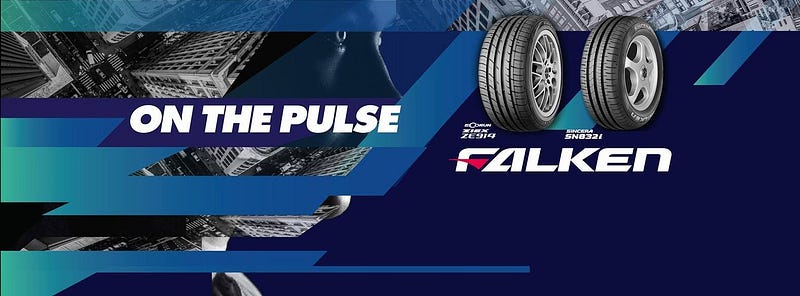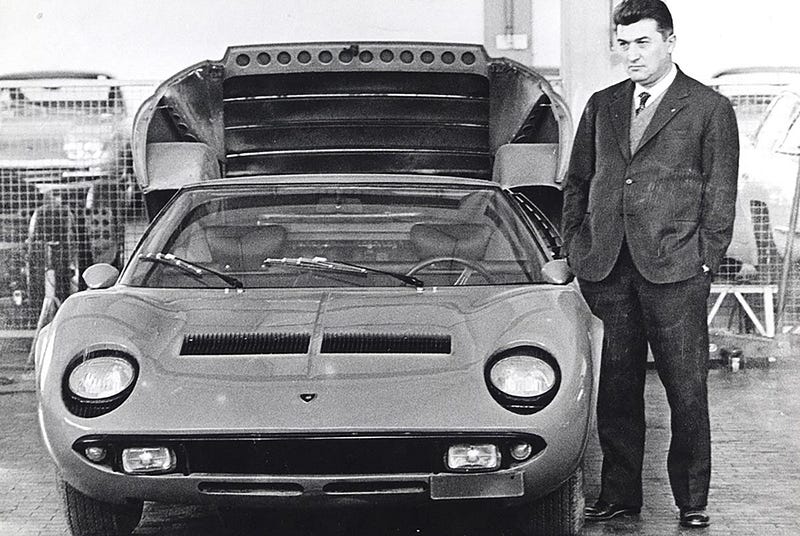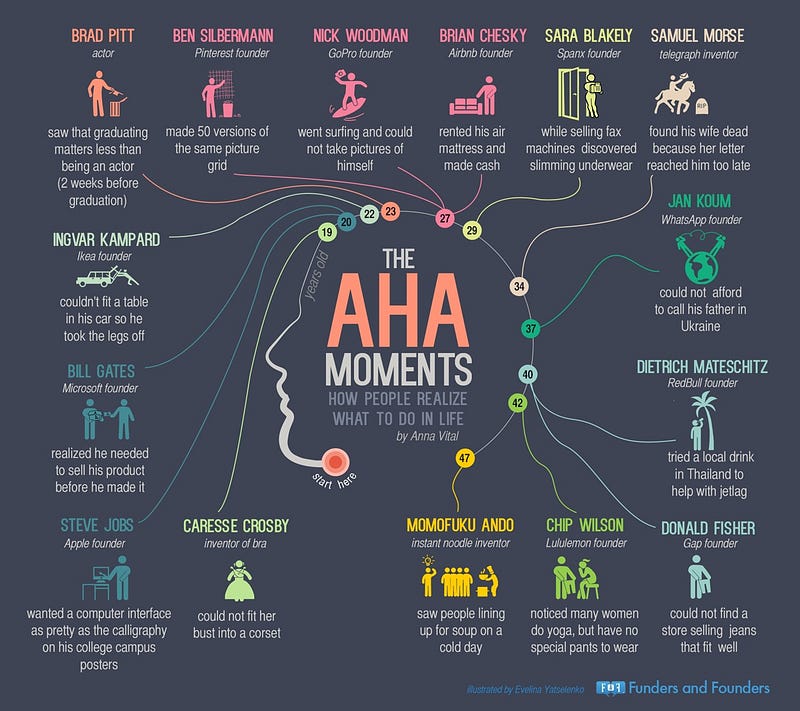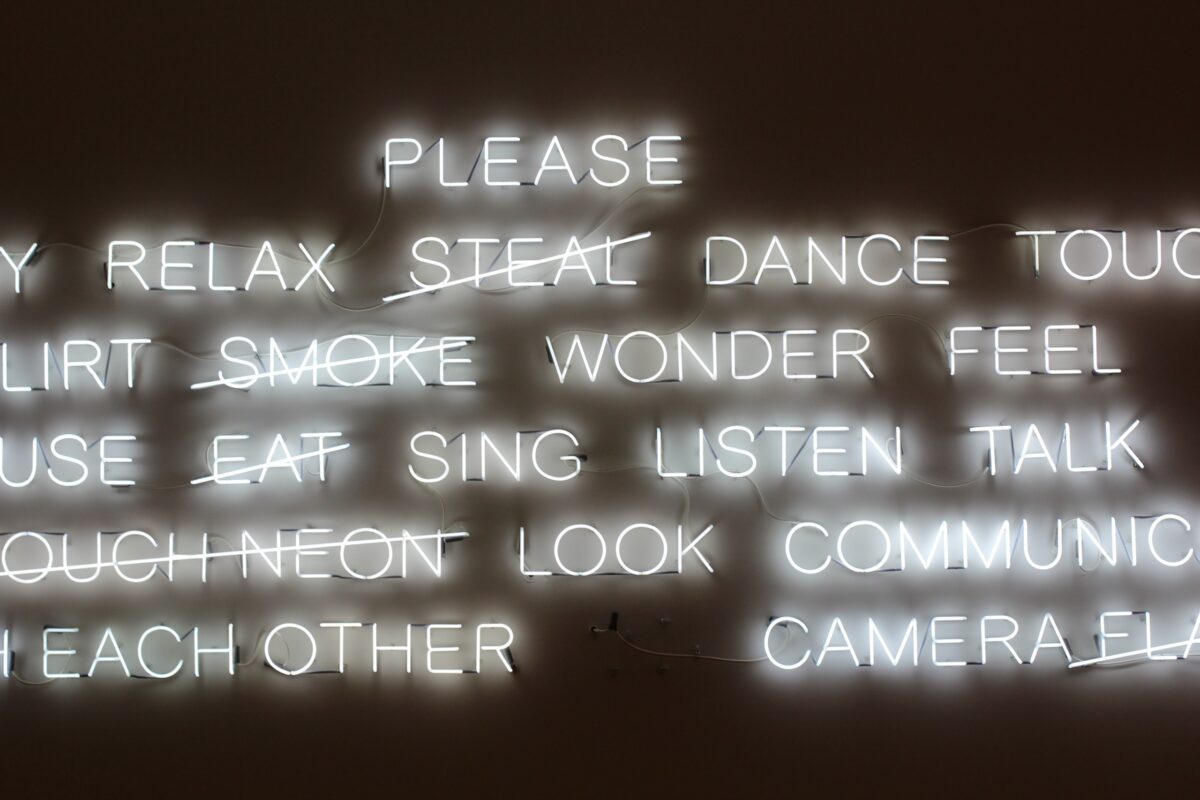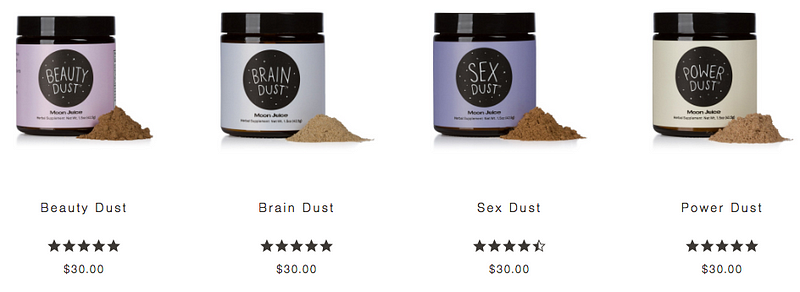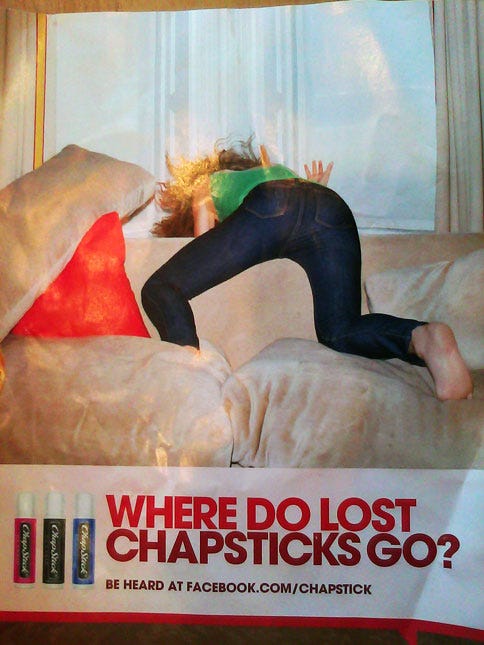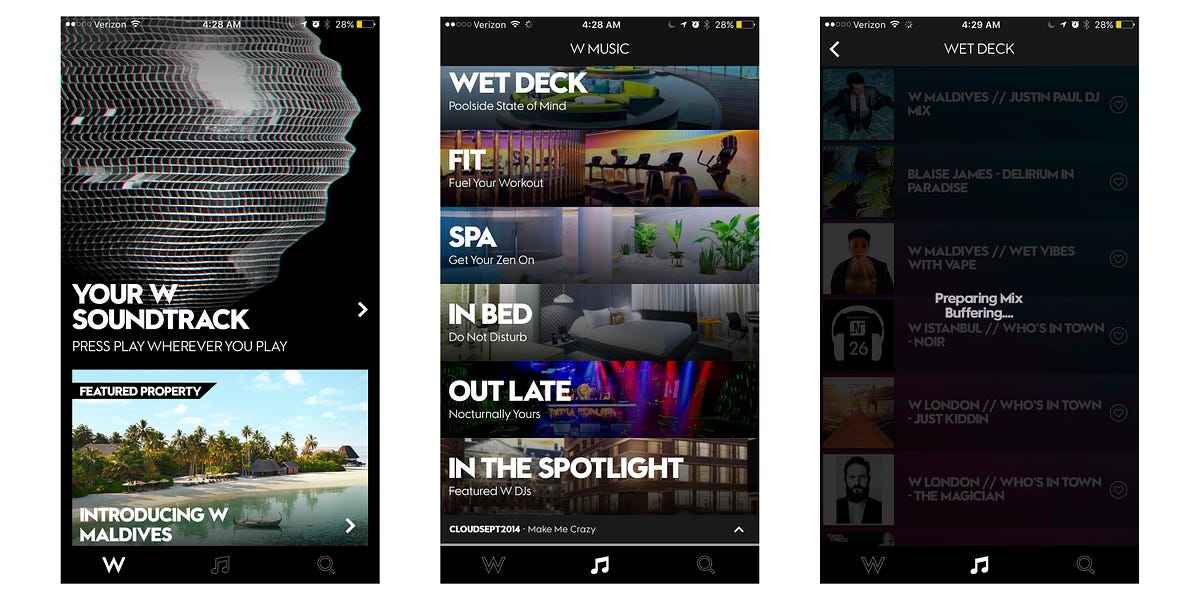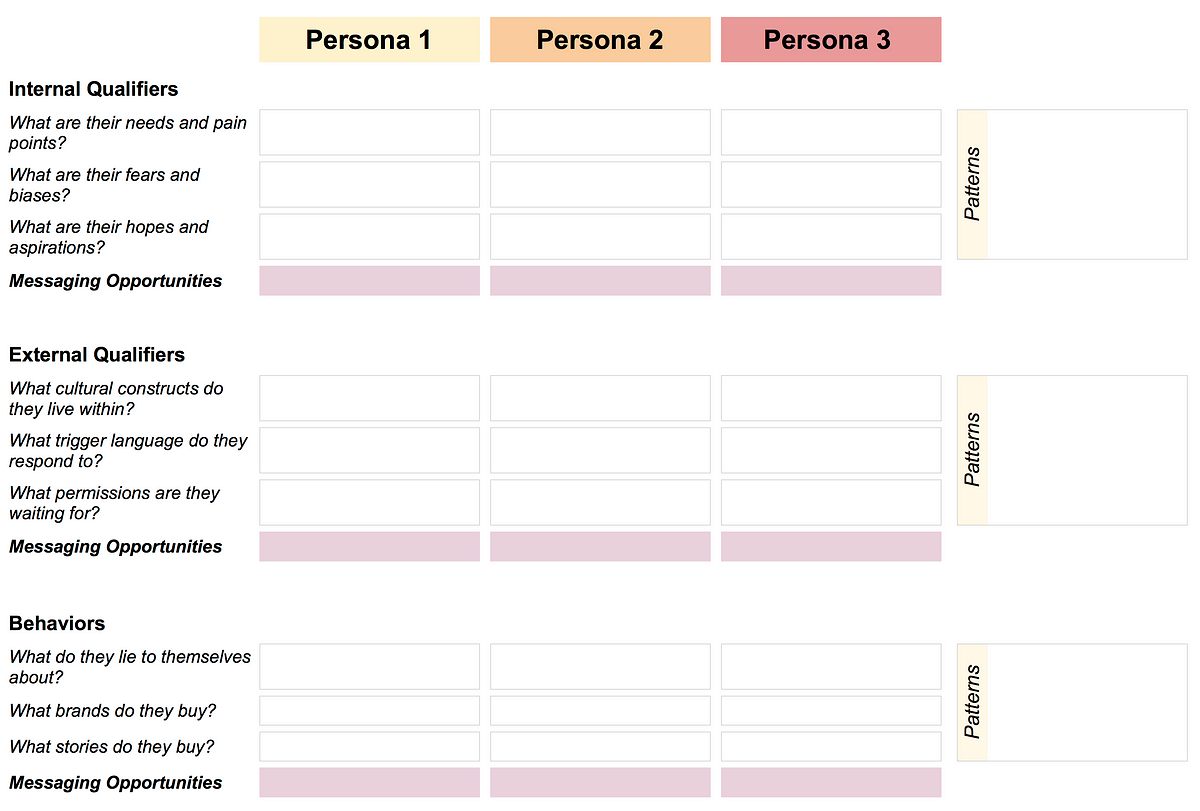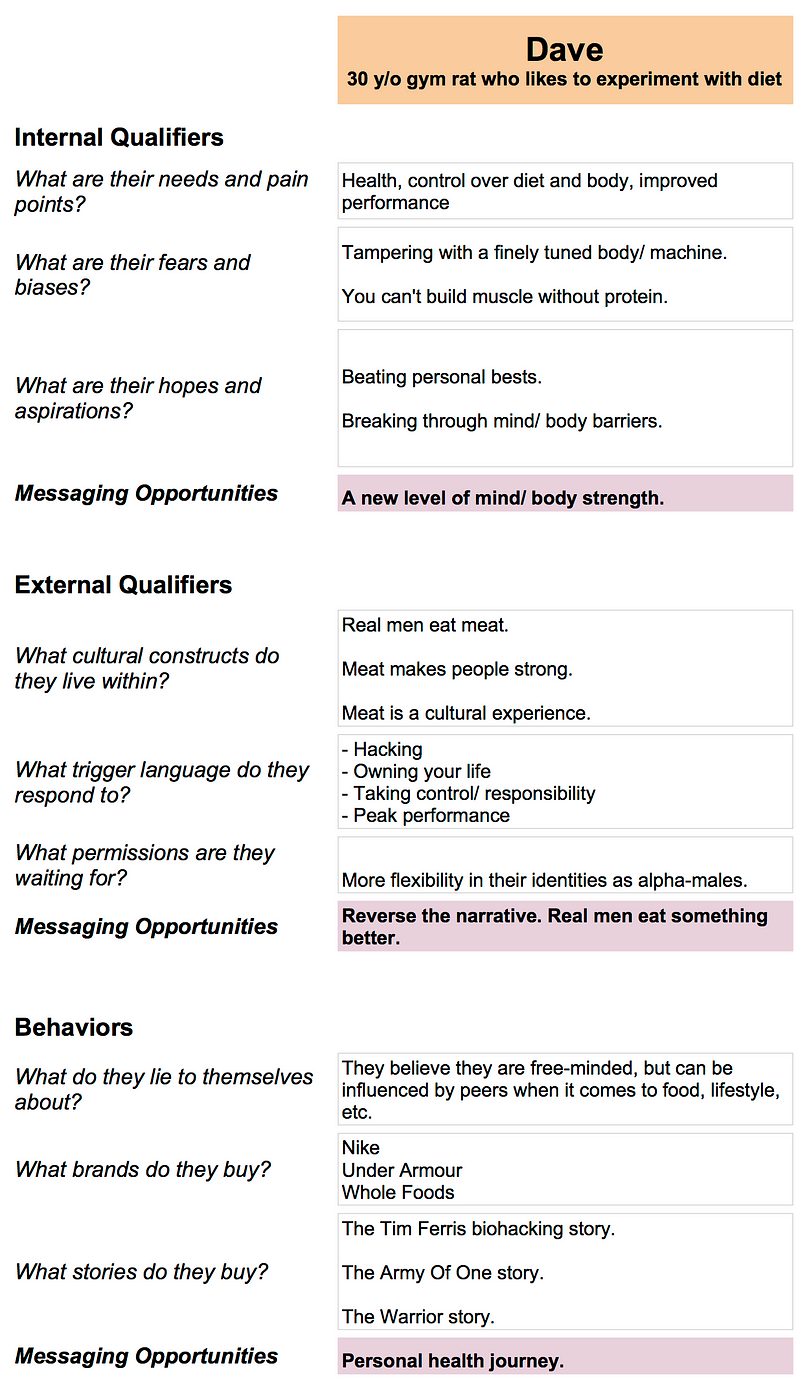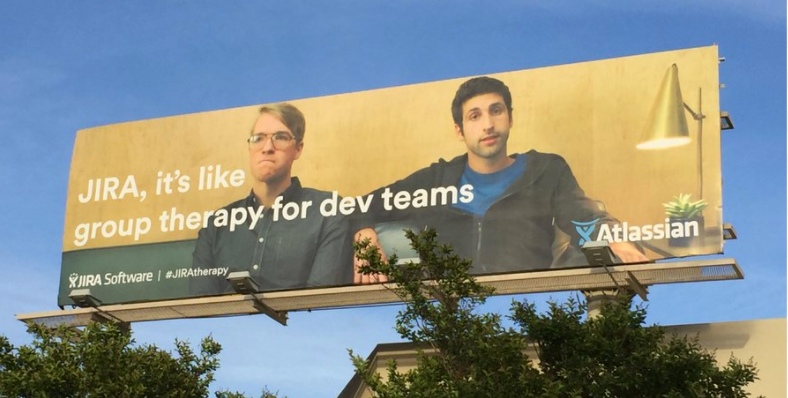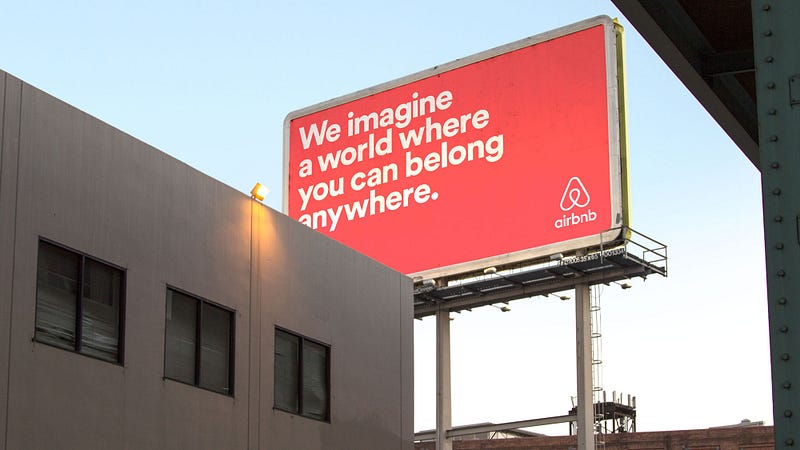A pinch of salt can make things sweeter. A dose of discomfort can make your brand stronger.
When Nike first told us to Just Do It in 1988, they weren’t telling us to follow the biggest athletes of the time — the very athletes in their commercials — and plan a life of greatness.
No, they were saying something quite different.
Nike was telling us to stop paying attention to the rules and go against conventional wisdom. Ignore the proven models. Ignore the winners and losers. Ignore if you should or shouldn’t. Ignore the superstars on Nike’s payroll.
Don’t use your brain. Just do it.
Nike was the first major brand that told you to do something without rationally thinking about it.
Do you feel that?
It’s tension. It forces you to stop and make a decision.
It pulls you close to the message or pushes you away from it, but it never lets you stay where you are.
Seth Godin talks a lot about the value of tension in a brand, and I credit him for making the concept a holy grail of modern brand storytelling.
https://soundcloud.com/soundslikeamovement/seth-godin
But where does tension come from?
And how do you delicately create tension that pushes your customers to move without pushing them so far that their connection to the brand snaps?
I define brand tension as a sense of discomfort that pushes target customers to convert, and non-targets to walk away.
Tension turns a group of neutral people into die-hard lovers and haters.
It’s the polarizing element that suddenly makes your brand matter.
….and most importantly, it forces action.
Tension happens when something is pulled by opposite forces, and can manifest in many different ways:
- Uncertainty of the unknown
- Pushback against the norm
- Juxtaposition of what is vs. what could be
- A unique or remarkable opinion
Don’t confuse it with shock value or stunt marketing, which may look and feel like tension, but is instead a form of short term emotional highjacking.
When Kendall Jenner bought the world a Pepsi, it didn’t feel good. Don’t do that. Positive tension is, above all else, genuine and speaks to a larger reality.
In the art of creating tension, there’s just one important truth to keep in mind: If you want to create tension, you have to come to grips with the fact that you must, by definition, not speak to everyone.
Nike may have mass appeal today, but the Just Do It slogan didn’t speak to everyone in the beginning. Moreover, the concept of doing without thinking — which has propelled the widely accepted notion that “thinking about what you are doing, as you are doing it, interferes with performance” — may not be entirely true.
(Fun fact: it was recently revealed that the phrase was inspired by a murderer’s famous last words. Even the origin has tension.)
However from today’s perspective, Nike is an easy example.
Let’s dig into some more current brands that achieve tension in different ways. Watch this video for an overview, and then continue with the article for even more examples:
You’ll see there’s different paths to getting there and, with some time and observation, you’ll likely start seeing a treasure trove of invisible tension in the branded world around you.
Tension Hotspots In Today’s Brand Landscape
Dyson’s Higher Ground: Permission to care about the mundane
Five to ten years ago, Dyson was synonymous with vacuums in America, and for many people, a vacuum is a vacuum.
So when they first started airing dark, moody, near-spiritual ads for their new ball technology, featuring Sir James Dyson, not everyone got it. Certainly not my family, who laughed at the TV every time it came on.
But Dyson wasn’t speaking to them.
They were on the leading edge of a new message that created tension between what is vs. what could be.
https://www.youtube.com/watch?v=LApWU34o0eY
This was a vacuum that stood as a remarkable piece of engineering.
There was a science behind it. An inventor. Something so beautiful and noteworthy, that Sir Dyson literally signed his very name to the product like an artist would.
Back then, this wasn’t even really about the vacuum. What we didn’t realize was that it was about the motor inside of it.
As Benedict Evans has recently pointed out:
Highly recommend @BenedictEvans newsletter for a smart breakdown/ analysis of industry. pic.twitter.com/dksZ5T1T1N
— Jasmine Bina (@Jasmine_Bina) October 4, 2017
That means every chance they had, Dyson doubled down on the motor story. They constantly pushed that position until we came to see Dyson not as a vacuum company, but something much, much bigger.
Dyson quickly became a brand that we’d happily pay a steep premium to for everything from air purifiers to electric cars.
They knew motors… and if you need a piece of elite equipment with a motor in it, you go to Dyson.
Tension frees you from the limits of your industry.
The 4-Hour Anything: We’ve been doing it all wrong
From the 4-Hour Workweek, to 4-Hour Chef, 4-Hour Body and now Tribe of Mentors, Tim Ferris’ point of tension comes from the silent narrative that underscores all of hacking culture – “we’ve been doing it all wrong this whole time.”
This story is especially effective today where the disillusioned masses are looking for both a new truth they can believe in, and control in a world where they feel let down by old social systems, cultural constructs, and corporate control.
Just as the world of wellness (Moon Juice, SoulCycle, Goop) has popped up to supplant traditional medicine… the 4-Hour series is the new standard of self-improvement.
The real power of all of these platforms, including Ferris’s, is that they prime the user for a very different kind of experience.
I personally wouldn’t put Ferris’s body of work in the same category as something like Goop, but on a branding level they operate in a similar way— “Forget what you were taught. We’ve discovered the new truth.”
When you come into an experience like that, you leave your old biases at the door and use the product with fresh eyes.
I can tell you that for me personally, the 4-Hour message is what made the 4-Hour Body such a unique and rewarding experience. That inherent tension changed my behavior, and results, from Day 1.
You drop old metrics. You forget past disappointments. Your brain doesn’t even call this a “diet”.
That’s what tension can do for you.
Opencare’s Health Proposition: It was never about the illness
When we started working with Opencare in September of this year, we had an interesting challenge before us.
How do you get healthy millennials to understand the value of preventative care, and prime them for a very different kind of experience, with a very different kind of doctor?
We realized that there was a hidden bias sitting on top of an interesting tension point.
We invincible millennials believe that doctors are only for bringing us back to a baseline in times of illness. Doctors aren’t there to make us stronger or superhuman. They’re there to stop making us feel sick.
Because Opencare Activated Doctors are specially enabled to make patients feel better than they ever have before (from the moment they make an appointment to years later when they’re living an elevated life), we knew we had to put pressure on that tension point in a simple and eloquent way.
Thus came the concept of:
“Doctors that see your true health potential.”
Opencare’s target market rarely realizes just how powerful the right doctor can be — not merely in treating illness, but rather as a partner for life.
It was a drastic departure from the current health narrative that surrounds us, and created a valuable tension that forced consumers to move. Health was no longer about loss prevention. Now it was about value creation.
As rollout begins with Opencare’s dental vertical, we’re seeing the tension-driven position already start to change the way people engage with the platform.

Which would you rather do? See a doctor when you feel sick, or collaborate with a doctor who can design a new level of health you never imagined before?
Tension changes the story.
The Truth Of Tension
You know a tension-driving message when you hear one. They tend to be simple. They tend to be big. They will always cause movement in the consumer.
…and they have a special super power where they can live and evolve in meaning over time, without necessarily changing in language.
Nike could have just copy+pasted their original positioning into the Chinese market, but they were very smart not to. The Just Do It that we are familiar with would not have resonated with young Chinese consumers who define themselves within a very different cultural construct than Americans.
For China, they took a subtly (but powerfully) different approach:
As Helen Wang has pointed out, Nike took the same words and imbued them with an alternate meaning:
The ad seems to be about sports. But it is more than that. It addresses the internal tension that the Chinese are experiencing everyday.
In a society of Confucius tradition, young people are expected to “glorify” their families with academic advancement and financial success. They are constantly under pressure to fulfill family and society’s expectations. In addition, Chinese culture is very collective. People tend to do what their peers think is cool and trendy.
The lyrics of the video inspires a defiant attitude toward conventional wisdom. “You don’t have to do it for the glory. You don’t have to do it to be famous… You don’t have to do it to be like others…. You don’t have to do it this way or that way.” As it turns out, there isn’t a right way to do any of it at all. All you need is to “Just Do It.”
Similarly, Tim Ferris’ 4-Hour brand has grown beyond the concept of work to include food, diet, leadership and life hacks.
The 4-Hour language may not perfectly map on the surface — apparent in something like the title of his book The 4-Hour Body — but on a deeper level it actually does.
If you engage with his master brand you quickly understand that 4 hours is not about linear time. It’s about shifting one’s focus so that time becomes less and less relevant.
That concept can grow to cover just about anything. If Ferris wanted to release the 4-Hour Relationship, it would still work.
The Connections We Feel But Don’t See
Here are some questions to ask yourself, which can help guide you toward a good point of tension in your brand:
- What truths or realities are my consumers internally struggling with? What new truth does my product reveal to them?
- If my product is the hero, who (or what) is the enemy?
- What immovable rules do my target customers abide by every day?
- Is there an ‘aha’ moment in the customer experience that changes them internally?
- What other experiences or products create a good tension for my users?
Most importantly, pay attention to the signals around you and see where you begin to feel an interesting unease. Sometimes someone else’s model for tension can inspire something in your own endeavor.
The concept of tension reminds me of an Isaac Asimov quote:
The most exciting phrase to hear in science, the one that heralds new discoveries, is not ‘Eureka!’ but ‘That’s funny…’
People want solutions. That’s important. But when you force them to make a new connection on a deeper level, that takes them somewhere interesting.
That tension forces them to see something that they either didn’t want to see, or were unable to see before. It’s a moment that makes them stop and consider what they took to be true.
If you can be the brand that gives them that moment, you‘ll be the one that matters.
You can watch a video where I go deeper into the topic of tension, here.



